New/Alternative Art Space
- Floating Projects ‘Toy as Medium’ art exhibition explores fun and games
John BATTEN
at 7:30pm on 12th February 2018
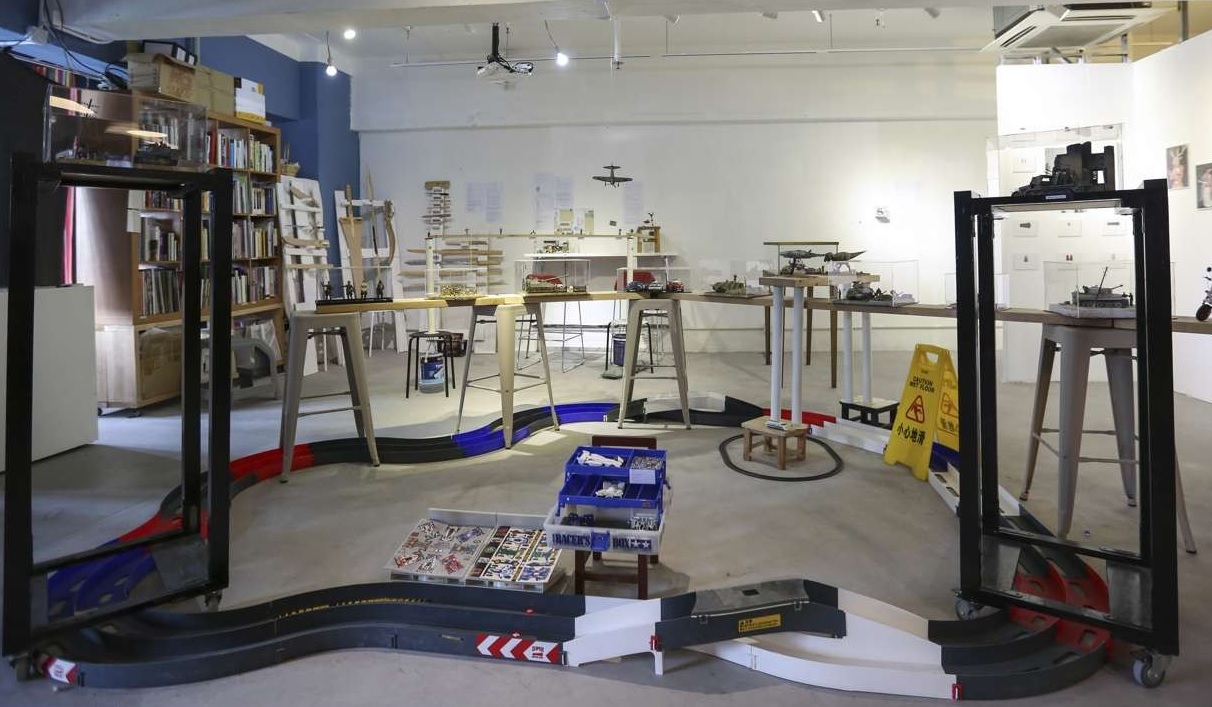
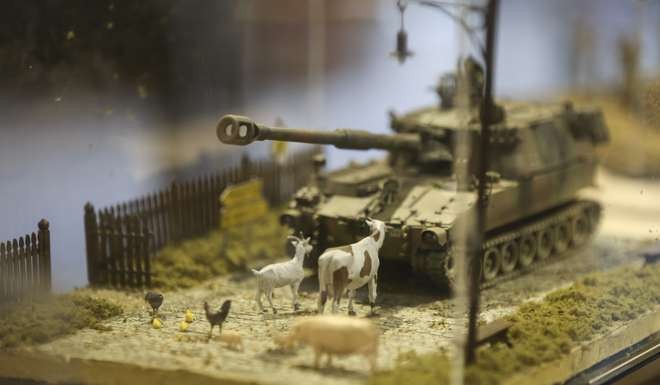
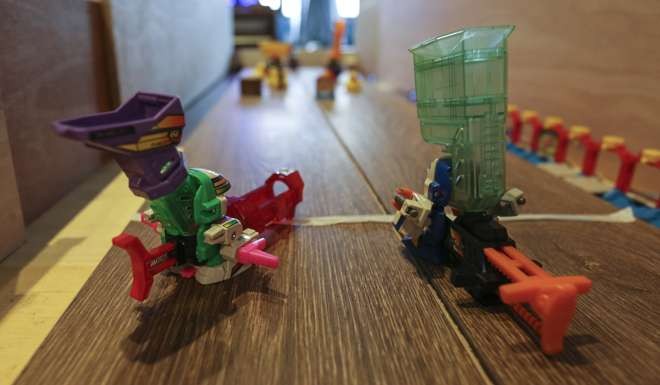
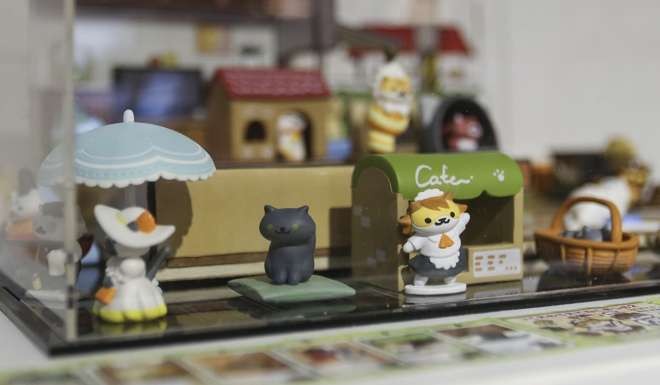
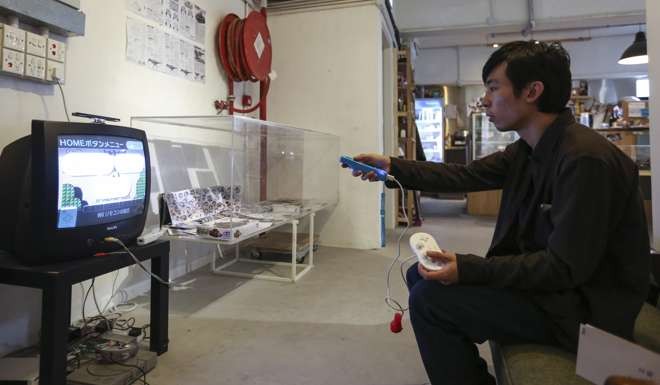
Captions:
1. The “Toy as Medium” exhibition at The Floating Projects art space, in Wong Chuk Hang
2. A diorama from Lai Wai-leung’s Model Sceneries, 2016
3. Wong Fuk-kuen’s B-Daman Battle Table, 2016
4. Kel Lok’s That House, 2016
5. An installation featuring Nintendo’s Super Mario Bros video game
All photos by Chen Xiaomei
(原文以英文發表,評論〈玩具之間 - 句點聚疊〉展。)
Posted at the entrance of “Toy as Medium”, the latest exhibition at the Floating Projects art space, is a collection of thoughts about play as an activity: Plato’s “you can discover more about a person in an hour of play than a year of conversation” and Carl Jung’s “the creation of something new is not accomplished by the intellect but by the play instinct”.
To outsiders, this group show merely appears as a gamer’s playroom or a model-maker’s workshop, and this might have something to do with the venue. Located in a Wong Chuk Hang industrial building, Floating Projects is a self-funded art space led by independent artist Linda Lai Chiu-han, who is also a lecturer at City University’s School of Creative Media.
It is a place to meet, discuss, experiment and exhibit. In what is termed “assemblage sessions”, the space also becomes a working studio. In the weeks before this exhibition it was a workshop for 11 artists, predominantly graduates or students from the School of Creative Media, to collectively explore the culture of playing and using toys as art-like objects.
The result is a series of constructions and installations using toys, video games and plastic models; as well as some serious inquiry into the notion of recreation, as outlined in the excellent explanatory bilingual artist’s notes.
The exhibition is centred on play, memories of childhood, craftsmanship, hero-worship and cultural associations of toys.
Kel Lok Man-chung poses the question, “What is it like growing up?” and offers such answers as, “It is the will to accept … the will to confront” and “… the will to believe”. These goals also apply to adults, with Lok taking a “grown-up” approach to toy-making when he heard of a friend who was left grief-stricken after her cat died.
Hoping to cheer her up, Lok built a whimsical cardboard house with cats depicted in various poses inside. The construction, entitled That House (2016), was accompanied by imaginary screenshot-style graphics of web pages dedicated to cats. These were humorously “framed” by a smartphone cover that could slide over and between the pages as if they were being swiped.
Lai Wai-leung’s Model Sceneries (2016) are predominantly imagined war scenes, dioramas containing plastic model war planes, tanks, vehicles, numerous accessories and a variety of soldiers in an open-air landscape of painted dirt, grass and shrubbery.
Unlike similar constructions by British artist duo Jake and Dinos Chapman, who purposely shock, Lai uses ironic humour to depict the absurdity of war. A scene set in Ukraine in 1941 shows a soldier standing atop an armoured car surrounded by tools and equipment. Looking down to another soldier he asks, “How can I fix it?” Another scene shows a German tank blocked on a cobblestone village road by a cow, goat, pigs and chickens, which are told, “Hey, give way!”
As any toy model-maker frustratingly discovers after completing a work: there are always leftover pieces. In a nice partnership of assemblage, Lok collects the leftovers from Lai’s constructions and makes composite pieces. Captain: Enhanced External Limb (E.E.L.) (2016) shows the captain of Regenerator, an imaginary team of rebels, whose super-strong arms, or EELs, “boost strength and maintain lifespan!”
Cultural characteristics are explored, too. Andio Lai set up a games area – intentionally situated near the busy Floating Projects entrance – for visitors to play Nintendo’s Super Mario Bros video game. It replicates a small Hong Kong flat with children playing video games while their parents annoyingly walk past and in front of the television set.
Wong Fuk-kuen’s B-Daman Battle Table (2016) uses early generation Japanese plastic toys that have marble-launchers embedded in their chests. When a trigger is pushed, the marble is fired. The Battle Table sees two opponents, one at each end of an alley, firing marbles to push a target over a line to win. Wong says, “This is not nostalgia, it’s truly fun!” – and it is.
Lam Kin-choi and Jess Lau Ching-wa ask visitors to draw pictures recalling their own memories of childhood games. Some of these reflect a simpler time: a bedsheet stretched out and held at each end to replicate the sea while children “swim” around it.
Another make-believe game reproduces cold weather by opening a refrigerator door while heat is then “produced” by rubbing two chopsticks together.
The personal reflections will be published in a magazine – adding further substance to this thought-provoking exhibition.
This review was originally published in the South China Morning Post, 3 December 2016
原文刊於《南華早報》,2016年12月3日
|
|
|
|
|
|
